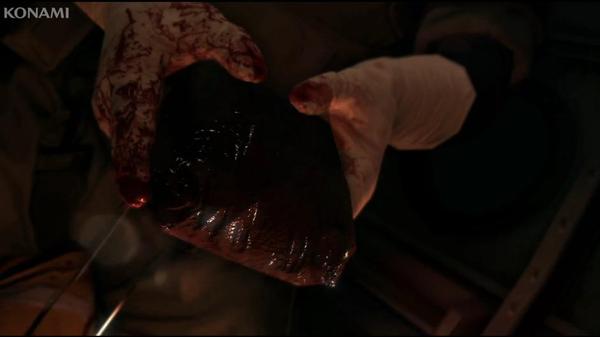The Violent Sexism of Metal Gear Solid V
I was sitting on crushed 1980s-style beige remainder carpet with a giant PlayStation on the floor and I watched Solid Snake watch an invisible ninja cut people apart in gory-for-the-time detail. A few minutes later, Cyborg Ninja defeated, I listened to a nerdy scientist named Otacon wail in despair about how his work on a defensive tool, Metal Gear REX, had been altered into a mobile nuclear weapons profile. He used to think that he could use science to help mankind. It didn’t work out.
Sons of Liberty gave us Raiden, a soldier trained to be a replica of Solid Snake through the extreme use of simulator technology. It takes most of the game to find out that he isn’t some constructed warrior, but a former child soldier whose mind has been wiped by a sentient network. Again, technology fails at its original goal: Raiden tells Snake over and over the simulation technology is the future, that it delivers on its promises, that it has helped curb the traumatic disciplinary processes that turn Foucault’s docile bodies into soldiers, but in the end we find that it wasn’t possible, that the claims of “progress” were false, and that there’s a brutal secret history to the entire process.
Snake Eater, Peace Walker and Guns of the Patriots all broadly follow on this theme. War envelops technology, and despite the best intentions that you might have, war is going to change them. It is a massive beast, under no control, and chasing the ability to control it is the work of naive idealists or absolute villains. Otacon really believes that he can work for the weapons industry and be good; Revolver Ocelot really believes that he can control the entire War Economy without being consumed by it.
For all of its baroqueness, the Metal Gear universe has a deceptively simple message: There is a machine bigger than any single human, and trying to conquer it or shape it to your own individual will is almost impossible. The Fallout games have the oft-quoted mantra that war never changes. The Metal Gear games present us with an augmented, nihilistic version of the phrase: War is always changing, and you can never catch up.
I started with Metal Gear Solid on the Playstation, and I faithfully follow along with every iteration. I bought a PS3 just so I could play the fourth game in the main series (albeit a few years after launch), and my decision to save up and buy a launch Playstation 4 was partially justified based on the fact that I knew a Metal Gear of some form or fashion was on the horizon.
Metal Gear Solid V: Ground Zeroes launched to a frenzy of well-deserved critical pieces. I don’t mean “well-deserved” in the sense that it is an incredibly compelling game that is deeply rewarding to longform thought, but that it ignited a firestorm of anger for a narrative choice that Lucy O’Brien so rightly calls “unearned” in her “What’s Wrong With Metal Gear Solid 5: Ground Zeroes’ Ending?” The plot point in question is best summed up this way: Paz, a young woman who is also a double agent, is extracted from a Guantanamo Bay-esque military camp by Big Boss. After a series of scenes, including a stomach-turning one where Boss and a medic remove a bomb that has been sewn into Paz’s stomach, Paz wakes up, struggles against her rescuers, and opens the door of the helicopter the team is traveling in. “There’s another…in my…” she says before throwing herself from the helicopter and detonating, crashing the helicopter. This is where O’Brien begins her analysis, asking how a game might “‘earn’ an ending where a girl gets a bomb shoved up either her A: vagina or B: anus.” Her answer? It is really, really god damn hard, and as Jeremy Parish has also pointed out, the game ends up “lacking the narrative chops necessary to justify its bleak tone.”
